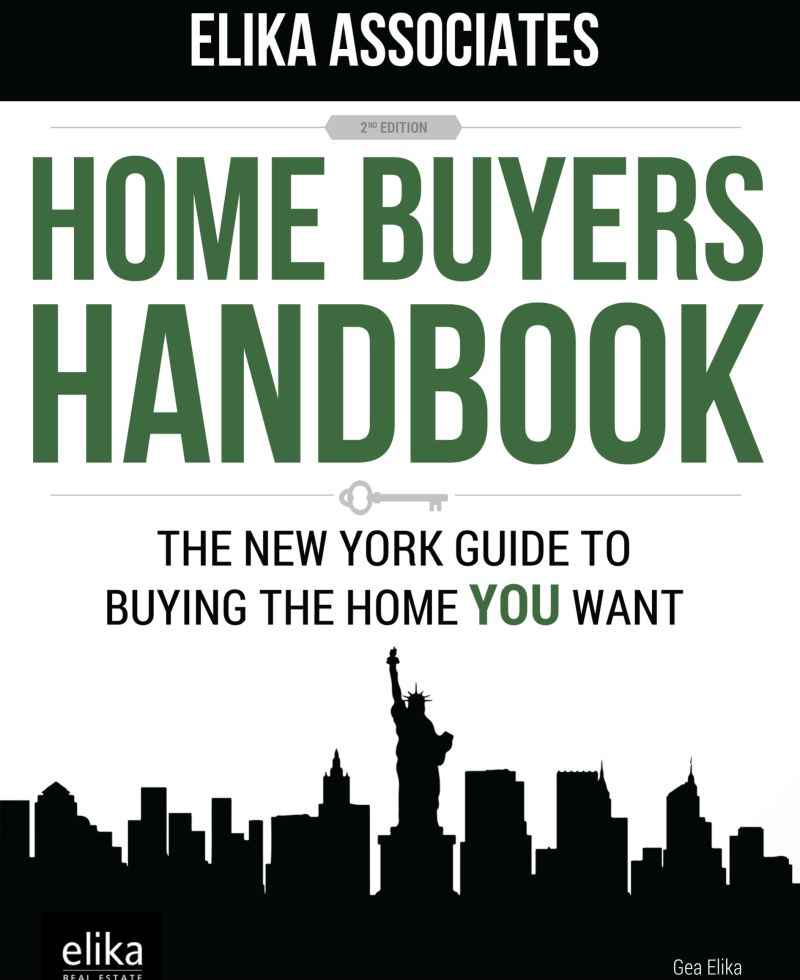Table of Contents Show
With the real estate laws in New York being caveat emptor or ‘buyer beware,’ it helps buyers exercise caution in a large real estate purchase. One of the worst situations, when this matters, is a misrepresentation claim. It’s relatively healthy for listing agents to talk up a listing’s strong points while avoiding its lesser features. But there’s a definite line between sales tactics like this and blatantly misrepresenting the actual state.
Here we look at New York’s misrepresentation laws and how buyers can protect themselves.
DISCLAIMER: This article does not represent any form of legal advice. Please consult your attorney.DISCLAIMER: This article does not represent any form of legal advice. Please consult your attorney.
What is Misrepresentation in Real Estate?What is Misrepresentation in Real Estate?
A misrepresentation claim is when a broker actively or unintentionally lies to a buyer about a property. The aim of this is to pressure the buyer to make the purchase. Similar to failure to disclose claims where a listing broker leaves out an important detail about a property. An example of a disclosure claim would be a property with mold, but the buyer takes no notice due to “coverup” techniques used by the seller and listing agent.
However, in a misrepresentation claim, the listing agent has lied or made up an incorrect fact about a property. The most commonly misrepresented areas are the foundation, the stability of the structure, the extent of the property boundaries, or the existence (or lack of) of pest and termite problems.
If a buyer finds that the property has been misrepresented post-closing, they have the right to pursue litigation. However, this can be difficult to prove, and any litigation proceedings can be a big undertaking. Therefore, buyers and real estate brokers need to understand the line between sales tactics and misrepresentation. Misrepresentation laws are divided into three categories, innocent, negligent, and fraudulent.
1. Innocent Misrepresentation1. Innocent Misrepresentation
Despite the name, very little that’s innocent about this kind of claim. An Innocent misrepresentation claim is pursued when a buyer suffers a financial loss due to reliance on a material fact made by a broker. A “fact” that later turned out to be untrue. The “innocent” party in the names comes from the fact that the broker believed their statement was correct when, in actuality, it wasn’t. For example, a broker who thinks they’re telling the truth says that a property has never had termites. However, it currently does, and the buyer makes the purchase based on the broker’s untrue claim.
Out of all three misrepresentation categories, innocent misrepresentations are the most common and the hardest to prove. It carries the same legal effect as negligent misrepresentation, so the stakes remain just as high. Buyers should consult an experienced real estate attorney before filing a lawsuit.
2. Negligent Misrepresentation2. Negligent Misrepresentation
Negligent misrepresentation is similar to innocent misrepresentation because it doesn’t necessarily imply that the broker intended to lie. Instead, negligent misrepresentation is when a broker claims without knowing whether it is true or not. For example, imagine a broker trying to sell an apartment in a building next to a construction site. If a buyer asks them how tall this new construction will be on completion, the broker cannot guess. Nor can they assure them that the view won’t be obstructed without knowing for certain that it won’t be.
Negligent misrepresentation typically only applies when the broker has a fiduciary duty to the buyer. If the broker breaches that duty and the buyer suffers damages, they can be liable for negligent misrepresentation. It can also happen if the broker fails to mention an important fact about a property when asked about it.
3. Fraudulent Misrepresentation3. Fraudulent Misrepresentation
This is the most severe type of misrepresentation. It only occurs when a broker has intentionally lied or made an extremely reckless statement about a property. For example, a broker states that a property has never had termites when it has, and they know it. Fraudulent misrepresentation also applies if a broker uses photoshop on listing photos to remove inconvenient things. For instance, mold and power lines. Intentional non-disclosure is also covered under this category.
An example would be a buyer asking whether the property has termites. The broker informs them that the property was treated for termites a year ago. They are leaving out the inconvenient fact that they’ve recently returned.
A bald-faced lie is one thing, but it gets even more complicated with recklessly made statements. This is similar to negligent misrepresentation in that the broker claims without knowing whether it is true. But it turns into fraudulent misrepresentation when it can show that the broker did not attempt to investigate further and do a follow-up. The exact difference between fraud and misrepresentation can get confusing and can only be explained on a case-by-case basis.
However, one key difference is that fraud is considered a much worse offense than other forms of misrepresentation. The courts will treat it differently, and the broker will be liable as the insurance carriers will not cover fraudulent acts. You should consult an experienced real estate attorney to determine if your case is negligent or fraudulent.
How the Law Handles Real Estate MisrepresentationHow the Law Handles Real Estate Misrepresentation
Real estate misrepresentation is not covered under any specific law. Instead, it is covered under common law. Courts make all rulings, with the decisions being based on judge-created rules. Regardless, some legislative-created statutes affect misrepresentation cases, most notably the Property Condition Disclosure Act (PCDA). This requires sellers to disclose to buyers about the property’s condition. The listing agent is responsible for reminding the seller of their disclosure obligations. However, sellers also have the option (which most take) of paying the seller a $500 credit at closing instead of making any disclosures.
How Can Buyers Protect Themselves Against Misrepresentation?How Can Buyers Protect Themselves Against Misrepresentation?
Suing a realtor for misrepresentation can be a long and drawn-out affair, especially if the issue was not discovered until long after the purchase. It’s far better to take steps to mitigate its chances in the first place. Follow these tips to protect yourself against the risk of misrepresentation:
- Get a home inspection – As the buyer, it is your responsibility to determine the real state before purchase. This isn’t just double-checking the seller’s or listing agent’s claims. There may well be issues with the property that the seller is completely unaware of. Hire a qualified home inspector to examine the property and make a full report. If they suspect something and advise you to have a more specialized inspection done, make sure you do a follow-up.
- Work with an exclusive buyer’s agent – Misrepresentation arises when a buyer is not represented or relies on a co-broker. This puts you at the mercy of the seller’s agent, whose primary duty is to the seller. Instead, buyers should enlist the services of an exclusive buyer’s agent. These agents work only with buyers and have a fiduciary duty to look after their best interests.
Rely only on representations made in writingRely only on representations made in writing
If you’re making a purchase based on a seller’s or agent’s claim, then make sure you get that in writing. That way, if those claims turn out to be untrue, you have a solid case for proving misrepresentation.
Property Condition Disclosure StatementProperty Condition Disclosure Statement
